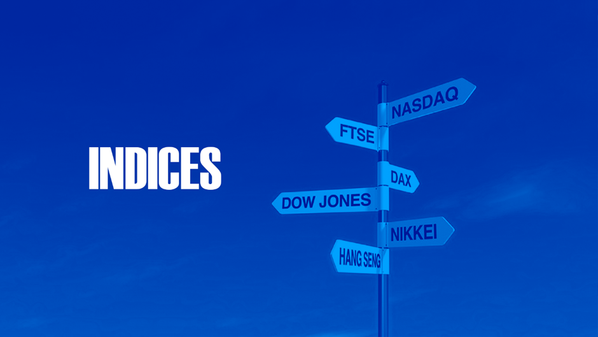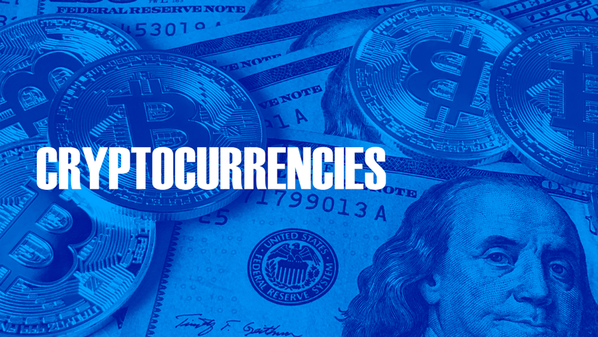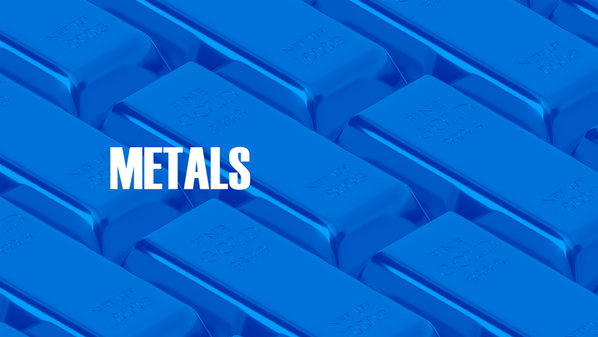
This week, the Dow Jones fell 1.3% for the week, its fourth straight weekly loss. the Nasdaq fell 2.8% and The S&P 500 fell 1.3% for the fourth time in five days. Stocks fell as heightened concerns about the risk of a war between Russia and Ukraine sparked turmoil in global markets. Credit Suisse senior analyst Ipek Ozkardeskaya said: “Market sentiment is subdued. European equities continue to feel the pressure of an escalating war and major U.S. indexes remain under considerable selling pressure. Investors are unlikely to build without hedging or take a long position.”
The Labor Department's closely watched employment report showed payrolls added 678,000 jobs last month, beating expectations, and the unemployment rate fell to 3.8 percent, the lowest level since February 2020. The analysis said that this shows that the labor market is strong as the Fed prepares to raise interest rates. This month's numbers have already exceeded everyone's expectations, January's numbers have also been revised up, the job market is hotter than expected but wage growth has slowed significantly. The market currently expects the Fed to raise interest rates six times in 2022. And inflation risk is the top concern of Fed officials. The situation in Russia and Ukraine promotes the rise in oil prices and is expected to further push up the CPI and increase the pressure on the Fed to raise interest rates.

Costco's (NASDAQ: COST) second-quarter total revenue increased 16% year-on-year to $51.904 billion, higher than market expectations of $51.47 billion. Net profit increased 37% year-on-year to $1.299 billion. However, in the fourth quarter, Costco's e-commerce sales growth was only 12.6%, compared with 75% in the same period last year, and comparable sales growth slowed to 10.6% in February from 10.8% in January.
U.S. chip company Marvell Technology (NASDAQ: MRVL) in the fourth quarter of last year exceeded market expectations in revenue and guidance, but gross profit margin was lower than market expectations of 65%, at 51.1%, and net profit fell to $6.17 million year-on-year. The CEO of Marvell Technology said the fourth-quarter results were mainly driven by the cloud, 5G and automotive markets. The company also expects first-quarter revenue of $1.425 billion, beating the consensus estimate of $1.38 billion.
Singapore-based chip company Broadcom (NASDAQ:AVGO) beat market expectations. In the first fiscal quarter, Broadcoms revenue increased by 16% year-on-year to $7.71 billion, compared with market expectations of $7.6 billion, EPS were $8.39, compared with market expectations of $8.13. The company expects second-quarter revenue of $7.9 billion, beating consensus estimates of $7.41 billion. Broadcom CEO Hock Tan said demand from enterprise customers was hot, but he cautioned that the growth would not continue.

JPMorgan Chase highlighted in a report that with the sharp depreciation of the Russian ruble, a lot of Russians are turning to cryptocurrencies, and the crypto market may have more room to rise. The market share in the overall cryptocurrency market has soared to an all-time high of about 10%, which usually means people use it to buy cryptocurrencies. Ruble-denominated bitcoin volumes surged to nearly 1.5 billion rubles on Thursday, the day of the geopolitical conflict. On Monday, the bank said, suggesting some Russians are responding by buying bitcoin.
However, this statement was proven wrong this week. According to Chainalysis data, the volume of cryptocurrency transactions in rubles was only $34.1 million on March 3, half the peak of $70.7 million on February 24 a week earlier. Citigroup analyst Alexander Saunders said of the issue of sanctions pushing Russians to buy cryptocurrencies, “So far, the volume of cryptocurrency transactions in Russia has been relatively small.” He believes that the recent rise in cryptocurrencies is mainly due to investors' interest in Russia. The expected rise in demand, not Russia's demand.
The financial blogger Zero Hedge also pointed out that the actual volume of bitcoin transactions in Russia is eye-popping. So far, Russian trading volumes average around 210 bitcoins per day. At market prices, 210 bitcoins are worth only $8.6 million, and the average daily trading volume of bitcoin spot is now about $4 billion.

Spot gold continued to rise, closing near the 1970 mark after the U.S nonfarm payrolls report showed a surge in employment last month.
Spot gold rose 4.3% this week, its biggest weekly gain since July 2020, as the war in Ukraine fueled safe-haven demand. Investors are assessing the economic impact of Russia's invasion of Ukraine, a war that is disrupting supplies of energy, food and metals. The resulting surge in oil prices has raised concerns about risks to global growth and inflation.
Gold ETF holdings rose to their highest since March and hedge funds' net bullish position rose to a 19-month high as investors sought safety in gold during turbulent times.
Market analyst Naeem Aslam said gold prices are “at a sweet spot for now and given the war in Ukraine will make traders want to hold gold, although employment data has confirmed that the Fed can raise interest rates, which could keep a lid on gold.”
Spot palladium rose 8%, topping $3,000 for the first time since May, on concerns about potential supply disruptions. Palladium rose 27% for the week, while silver and platinum also rose.

U.S oil rose 6.81% in late trading to $115.68 a barrel, on news that the Biden administration was considering banning U.S imports of Russian crude. Oil prices recorded their biggest weekly gain on record this week, with volatility reaching $20, as Russia's invasion of Ukraine sparked fears of severe supply shortages. New York crude futures rose more than $24 this week, the largest weekly gain in history. While the prospect of a major supply disruption from Russia boosted prices this week, signs that Iran's nuclear talks were nearing a deal also added to price volatility.
The Brent volatility range is also the largest since the futures contract was launched in 1988, surpassing the 2008 global financial crisis and when demand collapsed due to the Covid Pandemic.
“If Russian crude continues to be largely shunned, oil could hit $150 a barrel in the next three months. There has no buffer in terms of inventories, and again shale producers are telling us that the supply elasticity is very small. We only have the last buffer of demand destruction, which will require a very large price move.” said Damien Courvalin, head of energy research at Goldman Sachs.

The U.S. dollar index closed at its highest level since mid-2020, as fears of an attack on Ukraines nuclear facilities, higher credit costs and soaring oil prices all sparked a flight into safe-haven assets. The dollar was mixed against major rivals. It fell against resources-linked currencies as the Bloomberg Commodities Index rose to a more than seven-year high.
The U.S. dollar index was also boosted by stronger-than-expected U.S nonfarm payrolls data, with implied exchange rate volatility broadly higher. U.S dollar Libor hits its highest level since April 2020. The U.S economy added 678,000 jobs last month, the median estimate was 423,000. Investors expect the U.S Federal Reserve to raise interest rates at its March 15-16 meeting, the first since the coronavirus pandemic, also supporting the dollar.
On Friday, EUR/USD fell as low as $1.0885, its lowest intraday level since May 2020. The euro also fell against the pound, hitting its lowest level since June 2016. Strategists worry that soaring energy and natural gas prices will hit Europe's growth prospects.
GBP/USD fell to as low as $1.3209, its lowest level since Dec 21. It fell the most since August 2021. The euro fell to its lowest level in nearly six years against the pound.
OneProSpecial Analyst
Buy or sell or copy trade crypto CFDs atwww.OneProglobal.com
The foregoing is a personal opinion only and does not represent any opinion ofOneProGlobal, nor is there any guarantee of reliability, accuracy or originality in the foregoing.
Forex and CFD trading may pose a risk to your invested capital.
Before making an investment decision, investors should consider their own circumstances to assess the risks of investment products. If necessary, consult a professional investment advisor.
www.oneproglobal.com
Leave a Reply